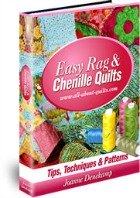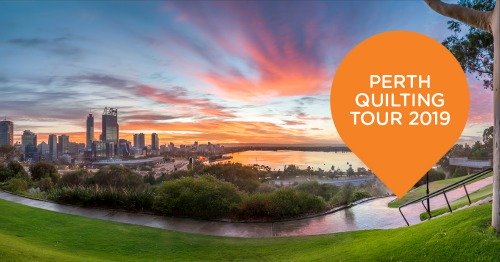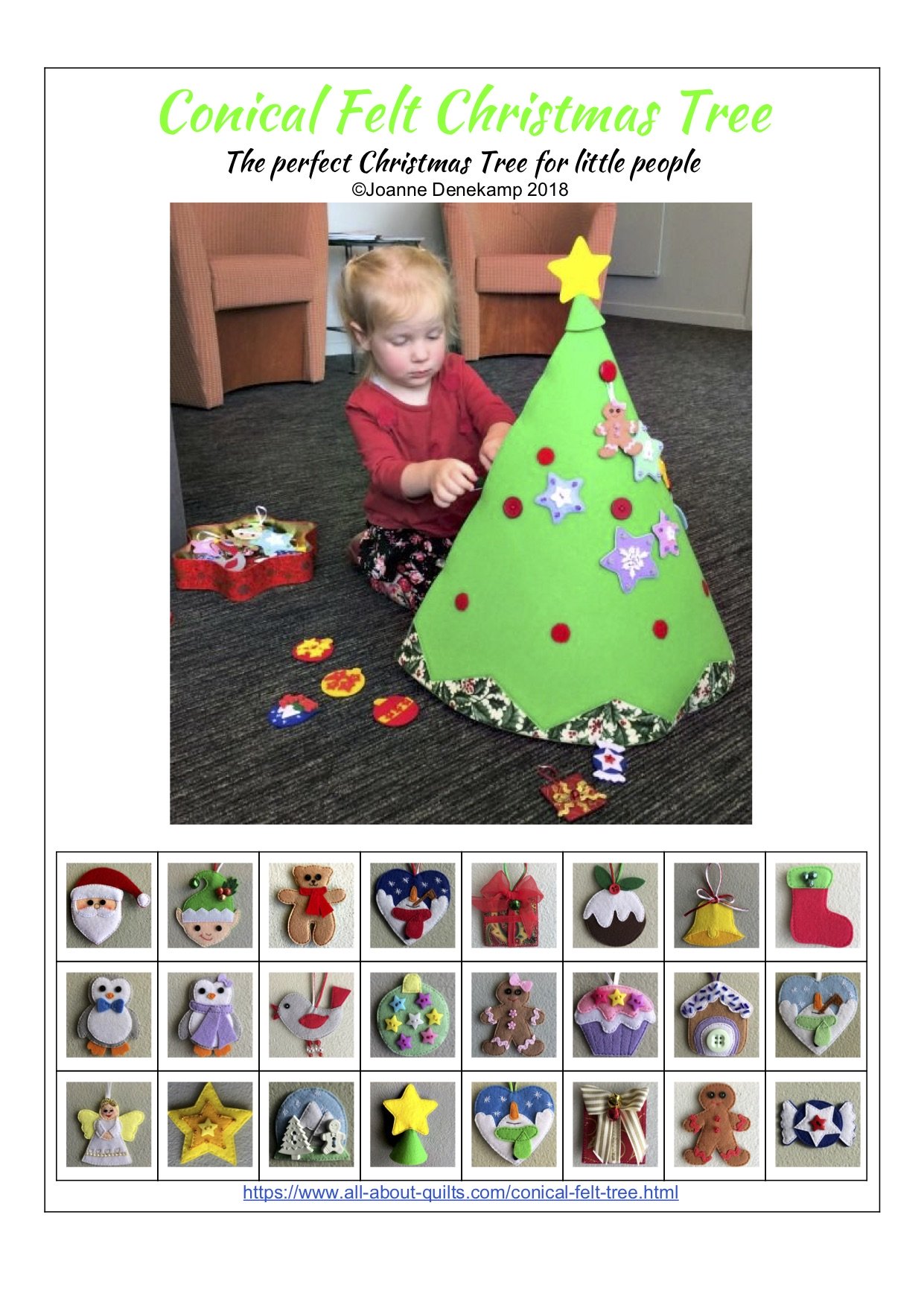Quilts Of Gees Bend
The Remarkable Legacy of the Quilts of Gees Bend
An Introduction to Gees Bend
Originally known as Sandy Ridge, Gees Bend is a remote rural community located in Wilcox County, Alabama, home to fewer than three hundred residents. Its unusual name is derived from Joseph Gee, an early colonial settler who established a cotton plantation there in the early 19th century. However, the community's most defining feature is its rich African American heritage, a legacy of the treacherous transatlantic slave trade.
A Modest, But Strong Community
In 1859, Dinah, an African woman, was brutally uprooted from her home and transport across the Atlantic. She was sold to a man named Pettway, who took her to his plantation in Gees Bend. Dinah, along with other slaves, was required to adopt Pettway's surname, following the horrifying tradition of acknowledging so-called 'ownership'.
While not all Pettways residents in Gees Bend are direct descendants, those who are trace their lineages back to those first slaves. Nested within a twist of the Alabama River, the remote hamlet consists predominantly of those African American families who have persevered through generations of hardships.
The Struggles of Survival
The 1930s brought the Great Depression, and the community found themselves in backbreaking poverty when the price of cotton dramatically plummeted. Deemed the poorest locality in the country, the federal government stepped in, offering affordable housing and farming plots, with the option to purchase at minimal interest rates. This intervention marked a turning point, giving African American families the chance to own property. Consequently, it significantly shaped the town's demographics that persist to this day.
The Gees Bend Quiltmakers: Weaving a Lifeline
At the tender age of 13, Arlonzia Pettway, Dinah's granddaughter, began stitching quilts under the sage tutelage of her mother. This craft would become her inheritance, embedding her in a long line of female quiltmakers. This tradition, likely predating the 19th century, remains a cherished legacy, handed down from mother to daughter.
Today the Gees Bend Quiltmakers comprise three to four generations of women. Together, they have created hundreds of exquisite quilts from the mid-19th century up to the present. Their primary motivation was an essential one: to stay warm in the inadequately heated homes they occupied. Over generations, this practice evolved into a remarkable cultural tradition that, thanks to the community's geographical and social isolation, maintained a rare degree of continuity and authenticity.
The Artistry in the Fabric
Conceptually, Gees Bend quilts fall under several distinctive styles: abstract & improvisation; housetop & bricklayer; pattern & geometry; Sears corduroy; and workwear quilts. Each style has its own unique charm and reflects the creative ingenuity of the seamstresses who crafted them.
Abstract & Improvisation Quilts are often characterized by their free form and unconventional patterns, a testament to the creativity of the individual quiltmaker. Inspired by a favored color or fabric, the artists seen in these 'my way' quilts, each piece is a vivid expression of the maker's passion.
Housetop or Bricklayer Quilts are akin to musical call and response in African American tradition. This style begins with a piece of solid cloth, often made up of various components, forming the core around which rectangular cloth strips are added until the piece feels complete.
Geometric Quilts of the early 20th century represent an impressive display of intricate piecing, with repeating patterns of squares, triangles, diamonds, or hexagons. They are a testament to the fusion of day-to-day rural living and the inherent creative drive within the community.
Sears Corduroy Quilts, crafted in the 1970s, emerged when the Freedom Quilting Bee, a collaborative civil rights group near Gees Bend, linked up with retail giant Sears Roebuck to produce corduroy pillowcases. The surplus corduroy quickly found its way into Gees Bend quilts, sparking an artistic explosion of vibrant yellow, green, orange, and red quilts.
Workwear Quilts are the embodiment of the community's resilience during times of scarcity and hardship. These quilts repurposed worn-out fabric scraps from utilitarian garments, creating patchwork quilts infused with history and relentless spirit. The workwear fabrics, imbued with the hardships and toil of cotton-picking in the Southern United States, mark these quilts as rare time capsules of the community's past.
Global Fame of Gees Bend Quilts
Art historian William (or Bill) Arnett has become an integral figure in the story of Gees Bend, contributing significantly to its mainstream commercial success after discovering one of Annie Mae Young's quilts. Despite the controversial allegations of financial exploitation, Arnett had a hand in bringing Gees Bend's quilts onto the global stage by attracting attention from influential museums.
Influential institutions across the globe like the Whitney Museum of American Art, Philadelphia Museum of Art, Metropolitan Museum of Art, among others, now display these fabrics. Critics have described them as minimalist but vibrant, with "jazzy" overtones in their stitch work. Alvia Wardlaw, the curator of Modern and Contemporary Art at the Museum of Fine Arts, Houston, was lavish in her praise; “The compositions of these quilts contrast dramatically with the ordered regularity associated with many styles of Euro-American quiltmaking. There’s a brilliant, improvisational range of approaches to composition that is more often associated with the inventiveness and power of the leading 20th-century abstract painters than it is with textile-making.”
When the New York Times’ Michael Kimmelman wrote, "Imagine Matisse and Klee (if you think I’m wildly exaggerating, see the show) arising not from rarefied Europe, but from the caramel soil of the rural South in the form of women, descendants of slaves when Gee’s Bend was a plantation," the leading artist, Loretta Pettway, and the Gees Bend Quiltmakers were recognized for what they really are — remarkable artists who continue to create art through the art of quilting.
Seventy
quilt masterpieces have been dispayed in 2002 at the Museum of Fine
Arts. There have been further exhibitions of their quilts throughout
America.
Once their quilts sold for as little os $10 and now can run well into the thousands.
Click here to view a selection of stunning quilts of Gees Bend.





New! Comments
Have your say about what you just read! Leave me a comment in the box below.